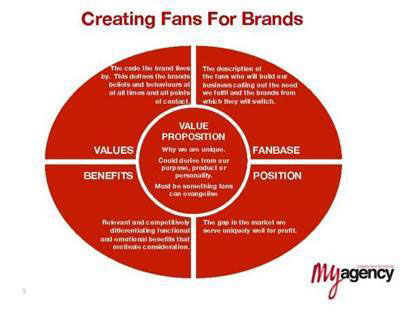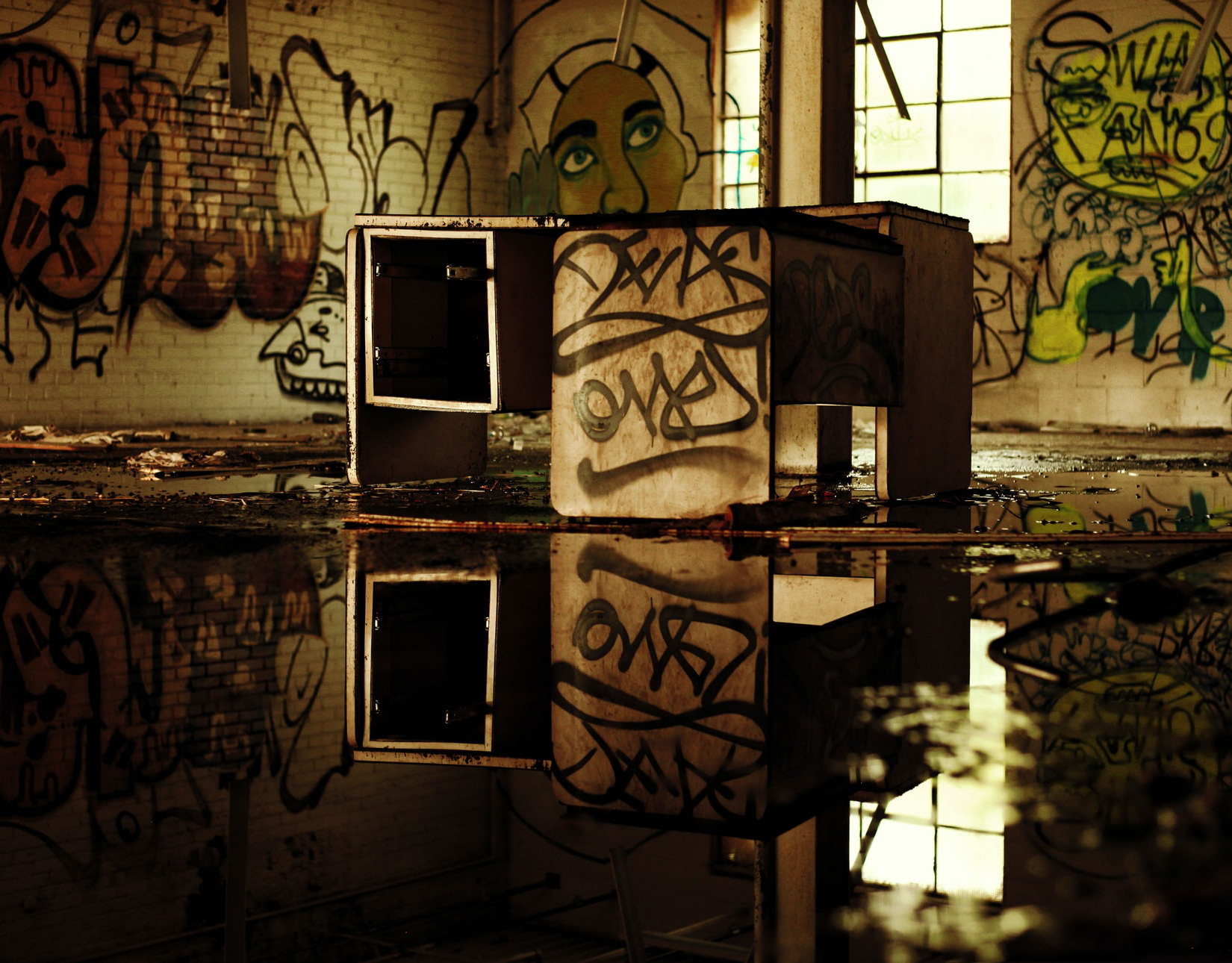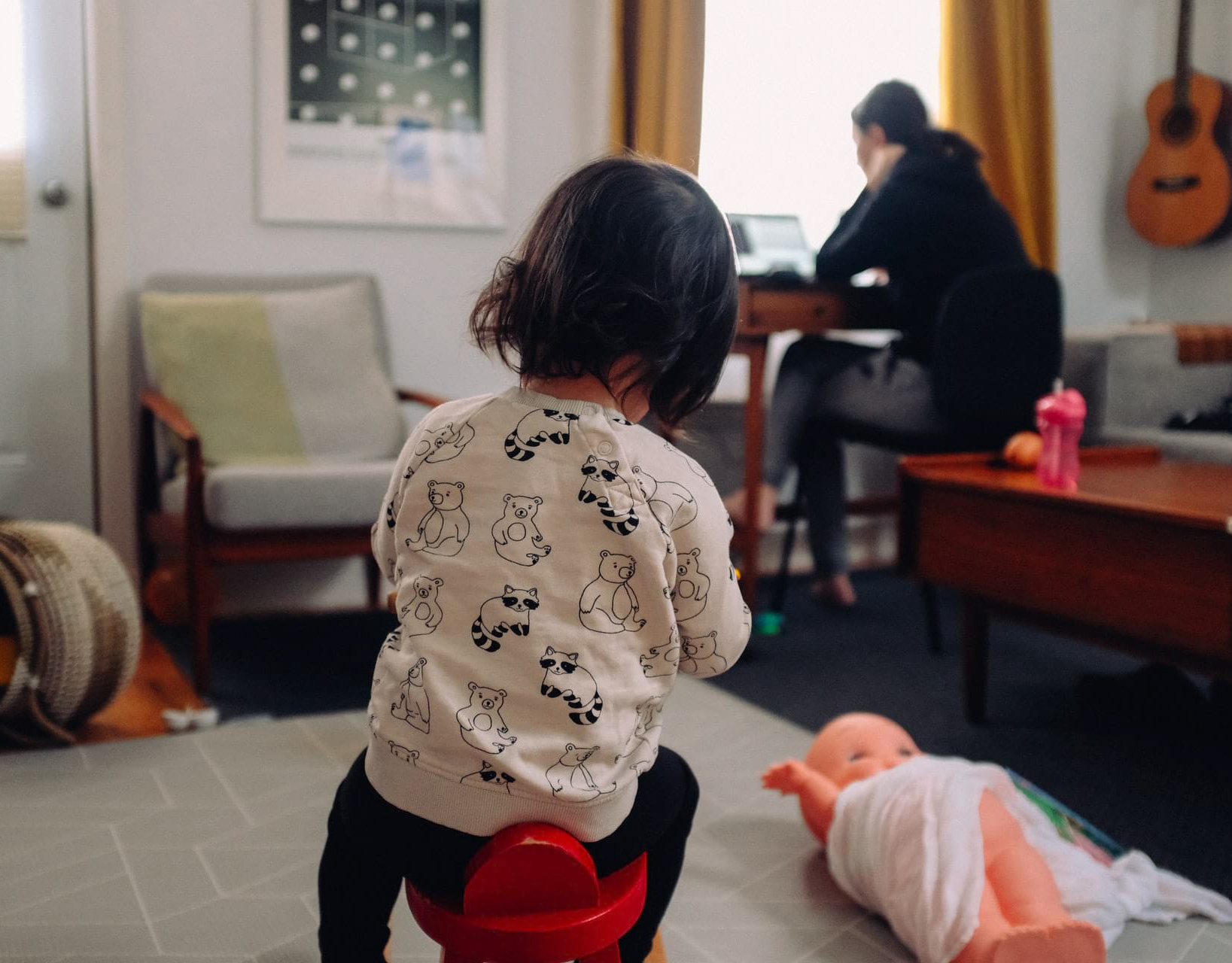The following article was published in Business Leader magazine.
The con of air con
Back in the day, there was a standing joke about marketing people bottling water, sticking a designer label on it, investing in some flashy TV commercials, and making a fortune. It would never work, they scoffed. Then, as we know, it did. They were so successful that to this day, many people still won’t touch the ‘free’ stuff.
So, the joke had to move on. Now, the apotheosis (or nadir) of marketing would be to sell fresh air. It would never work. How we laughed. Charge for something that is free and all around us. It would never happen. Then like most bad jokes in this crazy, screwed up world, it did.
The received wisdom that water and air are generic, property-less elements has, in recent years, been blown asunder. Air quality is becoming a big deal. In case you missed it, the World Health Organisation promoted the very first International Day for Clean Air on 7th September. The UK, being the UK, decided to Br[eath]exit and designate 8th October as Clean Air Day.
Politicians have jumped on this band wagon. First we saw a Red Box article in The Times trumpeting that ‘cleaner air must be a lasting legacy of the national crisis.’ Then, in a rare example of co-ordination, up pops Rishi (or leaky friends thereof) to trail a carbon emissions tax the very next day. Bish bosh: hit me with the old one-two.
All this is super important of course. However, it is largely missing the point. People spend approximately 90% of their time in enclosed spaces – in homes, offices, schools or other building environments. The biggest risk we face to our health is therefore the air we breathe indoors. As Joseph Allen and John Macomber point out in their freshly published book Healthy Buildings, outside air could be twice as polluted as indoor air, but if we spend 9x time indoors, then inside is most likely more dangerous than out. The 90% figure was also quoted in the Air Pollution APPG (All Party Parliamentary Group) from June this year: Air Quality Strategy to Reduce Coronavirus Infection. Curiously, rather than 90% of their proposals relating to indoor air quality, we had just one, less than 10%.
We’ve known about this since the late 1970’s and it became a ‘thing’ when the World Health Organisation (WHO) called it Sick Building Syndrome back in 1986. But we’ve not done much about it. Indoor air quality was confirmed as a vector for SARS in 2003. But we’ve not done much about it. And has been linked to the transmission of Norovirus. But we’ve not done much about it. And now COVID.
Much CO2 has been expelled about creating COVID secure indoor spaces. I’m not suggesting that these measures are without merit, but just how limited they are was graphically demonstrated this week by the fly that went viral. (Oh, the irony!) The fly didn’t care about the flexiglass. The fly didn’t care about the social distancing. The fly did what flies do: the fly flew where the fly wanted. The fly is, shows how coronavirus and other diseases spread within built environments.
Here are just two (infamous) examples of what is happening around the world: the call centre in South Korea and the restaurant in Southern China. These two major outbreaks have spawned (sorry) a vast amount of research. The reason is that most of the unfortunate people who got infected were socially distanced and had had no contact with the carrier. The cause, of course, was the quality of indoor air and the flows of air propagated by air conditioning.
As a result of these and other studies, 239 scientist drafted an open letter to WHO in July urging them to do something about it. Their number one recommendation is to “provide sufficient and effective ventilation (supply clean outdoor air, minimize recirculating air) particularly in public buildings, workplace environments, schools, hospitals, and aged care homes.” Presumably, they would also extend this recommendation to pubs, restaurants, hotels, cinemas and so on.
This has been translated, to date, as keep windows open. This is from the same school of advice as Protect and Survive nuclear attacks by hiding under the table. This is simply not practical for large parts of the year or indeed possible in large numbers of hermitically sealed spaces.
So suddenly the heat is being turned on the relationship of building air conditioning systems and indoor air quality. Turns out that air con is a con. We all know just as trains are incapable of running to time, so air conditioning systems are incapable of keeping the temperature of a room at the level where everyone feels comfortable. We’ve come to accept it. So that’s not the con. The con is that many air con systems do little or no ‘conditioning’. Many simply re-circulate air. They don’t treat existing air; they don’t introduce fresh air. Many other systems offer minimal filtration. Even the regulations and standards that do exist don’t help that much: they tend to be design rather than operating standards. The building may have met the minimum standard when it was commissioned, but what about right now? Hands up who thinks their PC is as fast as they day they got it? Hands up who changes the tyres on their cars only when threatened with failing an MOT, rather than when recommended by the manufacturer? Yup, you guessed it filters are cleaned, if at all, rarely.
It is no surprise then that virtually no information about the air quality is made available to building users. The ‘smart building’ where I worked had a big screen in the ground floor lobby area providing invaluable real time updates. The Northern Line was screwed. (Tell me when it isn’t.) That is was raining outside. (Strangely, not news to me.) And price of Pork Belly futures. (Nope, still no idea). However, I was told nothing about the environment in which I was going to spend the next 10 hours.
If I were lucky and got to go to a meeting, I could see the ambient room temperature. Even then no-one believed the reading and many a meeting was disrupted because it was either too hot or too cold, either too drafty, or not drafty enough, or with trying to work out whether the blasted (or not blasted) system was actually on or off. More importantly, what about the humidity levels? What about the level of CO2? And, most dangerously, what about the level of PMs? PM stands for fine Particulate Matter. A government report noted that “a growing body of research has pointed towards the smaller particles, in particular PM less than 2.5 mm in diameter (PM2.5), as a metric more closely associated with adverse health effects.”. PM2.5 is the thing that is really worrying the scientist who wrote to WHO in July. Oh, I forgot to mention the government report was published in 2012. We really are not doing much about it.
Well now we can. We can start by measuring all these things, in real time. But as you can imagine, there are plenty of interests who are not interested in encouraging us to do that. Probably the same companies (tenants) with lovely websites and happy-clappy PowerPoints presentations proclaiming how much they care about their employees. Or maybe the same landlords too busy promoting their ESG credentials. If you can’t or don’t want to do anything about it, then don’t measure it. We’re back to the Con of Air Con.
Change is in the air, however. The quality of indoor air is becoming a big issue for real estate investors, owners, developers, tenants, offices, hospitality sector operators. As we are discovering, change makes (or kills) businesses. Allen and Macomber’s proposition is that, “Healthy Buildings represent, without exaggeration, one of the greatest health and business opportunities ever.” Perhaps the change will be for the better. Perhaps, after all, it is time to start marketing fresh air.
In the next part, we will look at some of the opportunities emerging in the business of fresh air.










